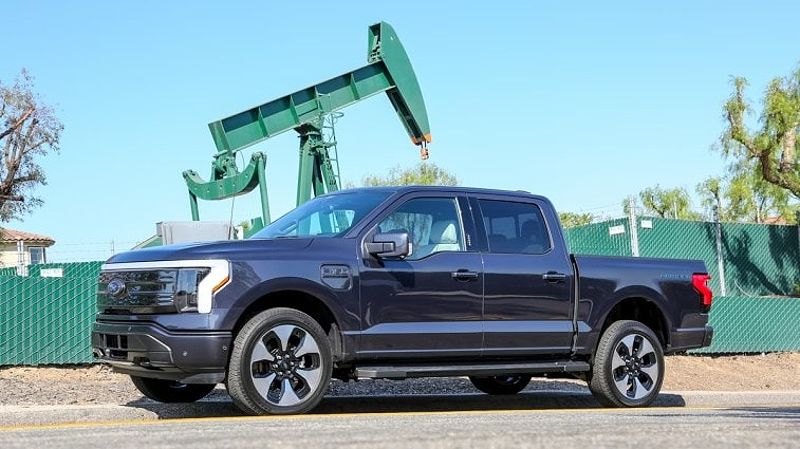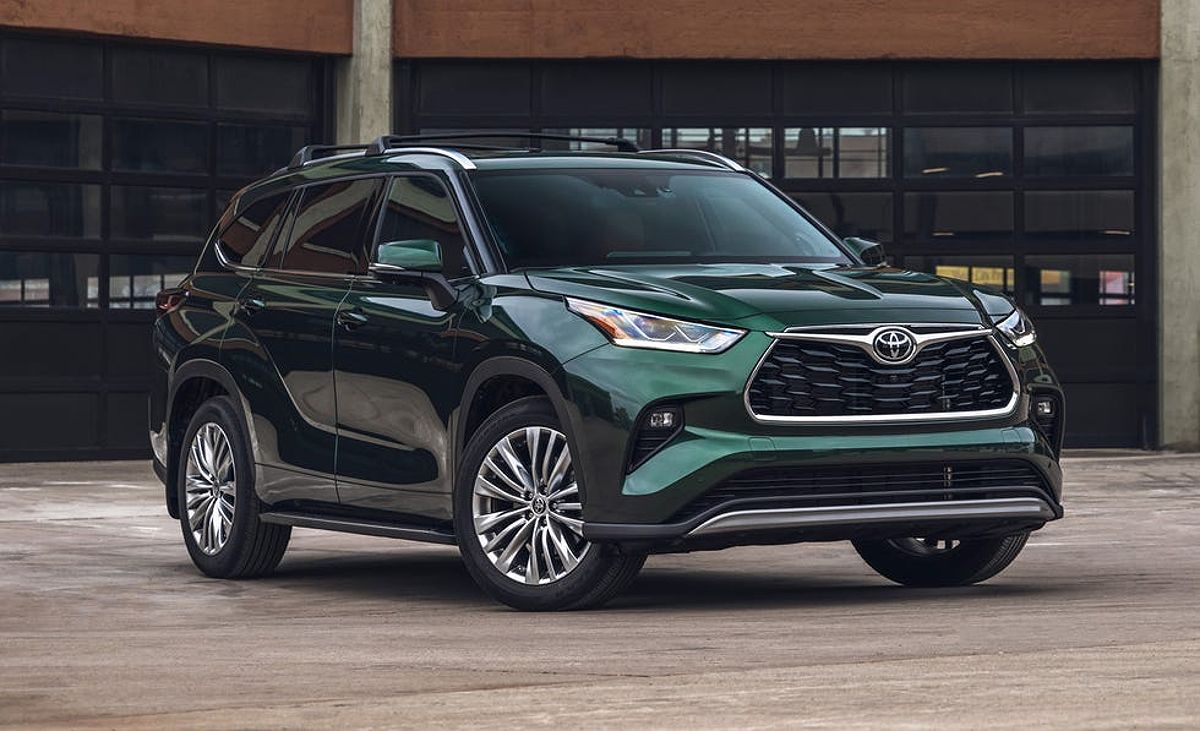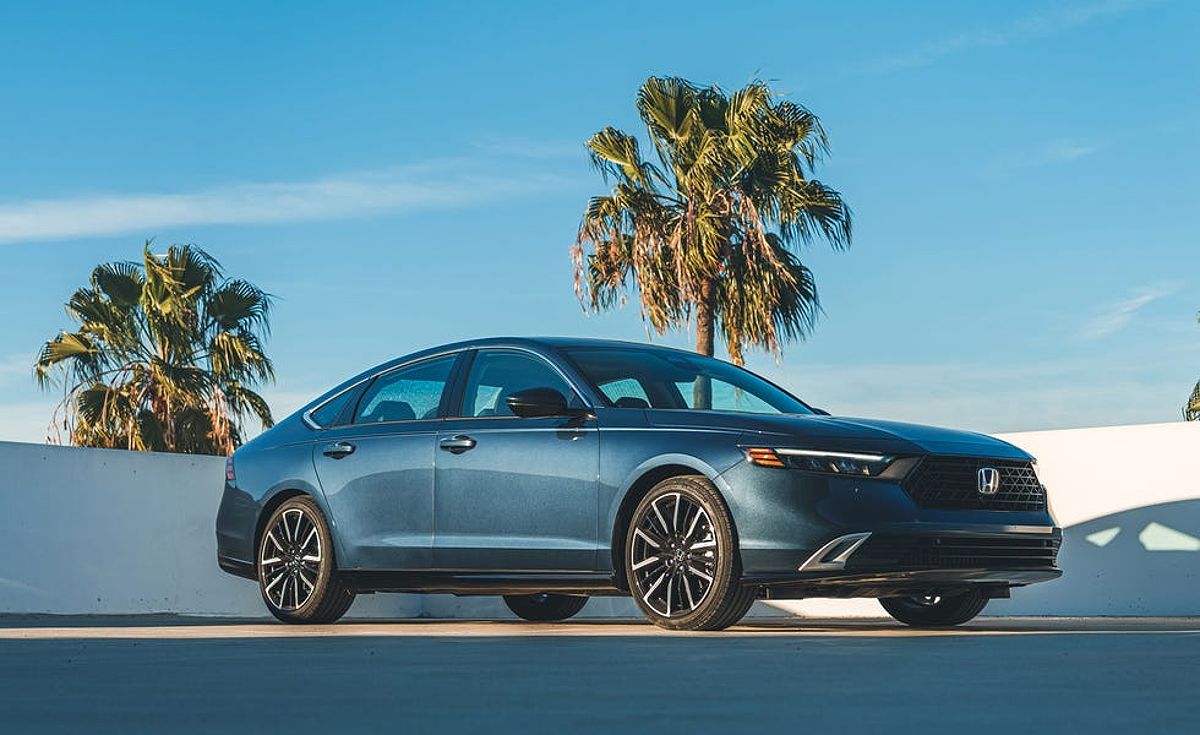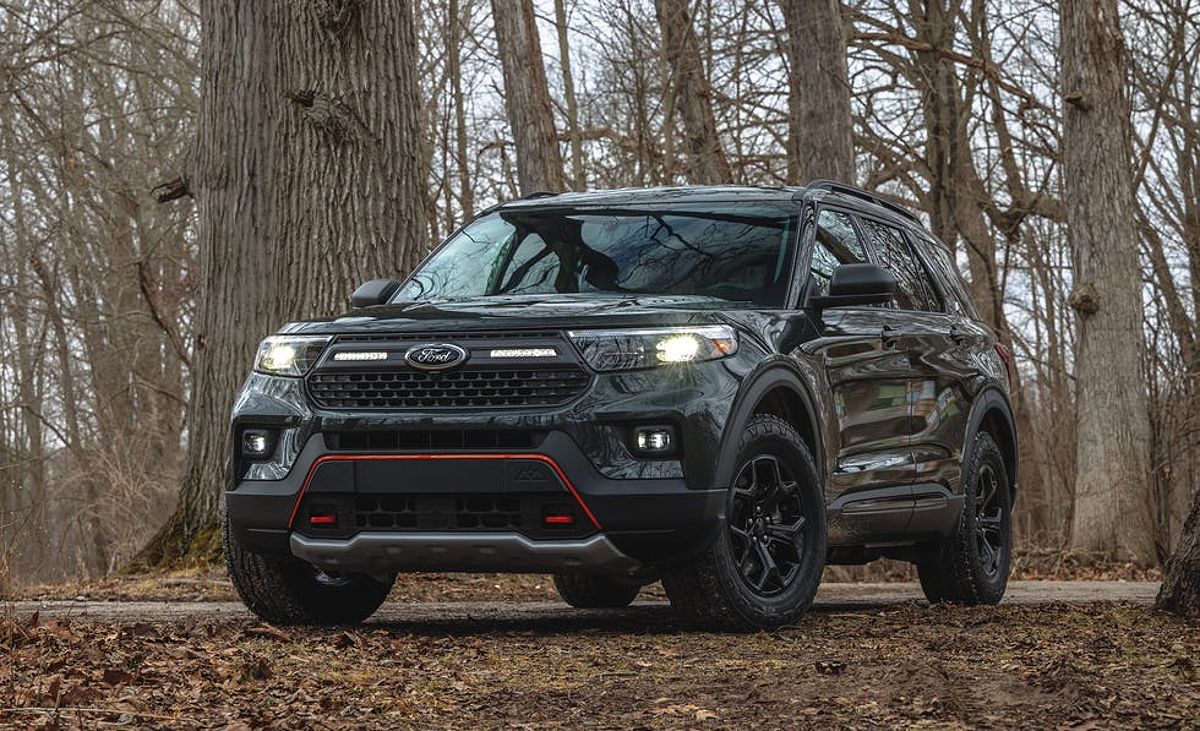Full-size pickup trucks, like the Ford F-Series, continue their reign as the top cars sold in America, a fact that might surprise those expecting an EV revolution. This dominance reflects enduring brand loyalty and the practical needs of many American buyers, despite rising fuel costs and environmental concerns. Understanding this inertia is key to navigating the current market.
The American automotive landscape is an ever-evolving arena, with a staggering 17.2 million vehicles sold in 2023, marking a 7% increase from the previous year. As we dive into the first half of 2024, it’s essential to explore which vehicles have emerged as the best-sellers and what trends are shaping the market. This analysis will unveil the top cars sold in America and offer insights into the factors driving their popularity.
Full-Size Pickup Trucks: The Top Cars Sold in America
When it comes to the top cars sold in America, full-size pickup trucks reign supreme. Leading the pack is the legendary Ford F-Series, which racked up an impressive 352,406 units sold from January 1st to June 30th, 2024. This iconic truck isn’t just a vehicle; it’s a lifestyle choice for many, seamlessly blending rugged capability with everyday practicality.

Following closely is the Chevrolet Silverado, which sold 275,692 units during the same period. These two heavyweights have established a loyal fan base, with many buyers swearing by their durability and performance. The Ram Truck line also made its mark, selling 179,526 units, showcasing the fierce competition in the full-size pickup segment.
This dominance isn’t solely due to brand loyalty. The ongoing popularity of trucks is linked to the continued strength of the construction and related industries. For example, the robust housing market in certain regions of the US in early 2024 fueled demand for pickup trucks used for material transport and job site needs.
So, what makes these trucks so appealing? It’s a combination of brand loyalty, versatility, and the sheer power they bring to the table—whether it’s for hauling heavy loads or weekend adventures. With significant design updates and new model releases, these trucks continue to attract buyers looking for reliability and performance.
However, the landscape is shifting. Growing interest in electric pickup trucks, such as the Rivian R1T and Ford Lightning, is noteworthy. While they currently hold a lower market share compared to their gas-powered counterparts, their potential for future growth is significant as charging infrastructure improves and prices become more competitive.
As we transition to the next section, it’s worth noting how consumer preferences are shifting toward SUVs and crossovers, marking a significant evolution in the automotive market.
SUVs and Crossovers: The Rise of Versatility
In the battle for the USA’s top-selling cars, SUVs and crossovers have surged in popularity, effectively becoming the darlings of American consumers. The Toyota RAV4 leads this charge, selling 248,295 units from January 1st to June 30th, 2024. This versatile vehicle strikes a perfect balance between spaciousness and fuel efficiency, making it a go-to choice for families and adventure seekers alike.

Hot on the RAV4’s heels is the Honda CR-V, which sold 196,204 units. The Nissan Rogue isn’t far behind, with 141,160 units sold, showcasing the strong demand for compact SUVs that offer practicality and safety features.
The popularity of SUVs also reflects a shift in family demographics. The increasing prevalence of smaller family sizes and a focus on active lifestyles contributes to the appeal of compact and mid-size SUVs that offer a balance between practicality and fuel efficiency, compared to larger, less fuel-efficient vehicles.
But why are SUVs so popular? Well, they offer a combination of spacious interiors, higher ground clearance, and a sense of safety that many consumers find appealing. Plus, with the added versatility for outdoor adventures and family trips, it’s no wonder these vehicles are flying off the lots.
Nevertheless, while SUV sales are booming, some segments, like large SUVs, are experiencing slower growth than compact and mid-size options due to rising fuel costs and concerns about fuel efficiency. For instance, models like the Chevrolet Tahoe and Ford Expedition are feeling the pinch as consumers increasingly prioritize fuel economy.
Emerging trends within the SUV segment, such as the rise of electric SUVs and the increasing demand for three-row options, are set to further reshape the landscape. As we transition to the next section, let’s explore how sedans are faring in this shifting market.
The Evolving Sedan Market: A Look at Sedans and EVs
The sedan segment, once the backbone of the automotive market, is facing challenges as consumer preferences shift toward larger vehicles. However, several models continue to hold their ground. The Toyota Camry remains a staple, selling 155,242 units, proving that there’s still a place for midsize sedans in America’s heart.

Other notable contenders include the Honda Accord, Honda Civic, and Toyota Corolla, all showcasing the resilience of sedans despite the declining overall market share. But here’s the twist: the electric vehicle (EV) market is on the rise, and it’s shaking things up.
The Tesla Model Y has emerged as the most popular EV in the country, with a staggering 198,030 units sold in the first half of 2024. The Model 3 follows closely behind, solidifying Tesla’s dominance in the growing EV segment. Factors driving this surge in electric vehicles include environmental concerns, government incentives, and advancements in technology that make EVs more accessible and appealing.
However, the EV market isn’t without its challenges. Issues like charging infrastructure, battery range anxiety, and pricing still pose hurdles for widespread adoption. As we look at the brand performance and market share, it’s clear that the automotive landscape is more dynamic than ever.
Brand Performance and Market Share
Analyzing the best sold cars in the USA requires a close look at the market share of major automakers. Toyota stands strong, with a combined market share of 20.3% in the first half of 2024, thanks to its diverse lineup, including the RAV4, Camry, and Corolla. Ford follows closely, holding a 16.9% market share, primarily driven by the popularity of its F-Series trucks and the Explorer SUV.

General Motors (GM) is also a significant player, capturing a 16.2% share through its Chevrolet and GMC brands. Honda and Stellantis (the parent company of Jeep, Dodge, and Chrysler) have secured market shares of 12.8% and 10.4%, respectively, demonstrating the competitive nature of the automotive industry.
Factors contributing to the success or struggles of particular brands include consumer preferences, economic conditions, and the ability to innovate. As we delve deeper into the trends shaping the American automotive market, it’s crucial to understand the implications of these dynamics.
Key Trends Shaping the American Automotive Market
The American automotive market is witnessing several key trends that are influencing sales and consumer behavior. One of the most significant is the rise of electric vehicles (EVs), which have gained substantial traction in recent years. The impressive performance of the Tesla Model Y and Model 3, accounting for 18.2% of total EV sales in the first half of 2024, underscores this trend.
Additionally, shifting consumer preferences are evident, with a growing demand for SUVs and crossovers at the expense of traditional sedans. The sales figures clearly reflect this change, as vehicles like the Toyota RAV4 and Honda CR-V consistently outperform their sedan counterparts.
Moreover, the impact of economic conditions and supply chain issues cannot be overlooked. Rising inflation, interest rate hikes, and ongoing disruptions have forced automakers to adapt their strategies to meet evolving consumer demands and ensure the availability of their best-selling models.
Macroeconomic Factors Shaping the Market
The global microchip shortage continues to affect vehicle production and availability throughout 2023 and into early 2024. This shortage has impacted sales figures and influenced pricing, particularly for manufacturers reliant on advanced technology. Brands like Ford and GM have felt the effects more acutely, leading to delays and reduced inventories.
Furthermore, rising inflation and higher interest rates in 2023-2024 have affected consumer purchasing power and financing options for new vehicles. These economic pressures have influenced demand across all vehicle segments, making affordability a key concern for many buyers.
The Impact of Technology and Innovation
Technology and innovation are at the forefront of the automotive industry’s evolution. Advanced driver-assistance systems (ADAS) and autonomous driving technologies are becoming increasingly integrated into new vehicles, enhancing safety and convenience for consumers.
Moreover, connectivity features and infotainment systems have transformed the in-car experience, making vehicles more appealing to tech-savvy buyers. As consumers seek vehicles that align with their lifestyles, the automotive industry is responding by incorporating sustainable materials and manufacturing processes, further driving the shift toward eco-friendly options.
FAQ
Q: What is the most popular car in America?
A: In the first half of 2024, the Ford F-Series held the title of the best-selling vehicle overall, while the Toyota RAV4 was the top-selling SUV.
Q: What are America’s best-selling cars?
A: The top cars sold in America include the Ford F-Series, Chevrolet Silverado, Toyota RAV4, and Tesla Model Y, showcasing a diverse range of consumer preferences.
Q: Why are SUVs so popular?
A: SUVs offer practicality, spaciousness, perceived safety, and improved fuel efficiency compared to sedans, making them a preferred choice for many American families.
Q: How does the US auto market compare to other countries?
A: The US market has a strong preference for trucks and SUVs compared to many global markets, where smaller cars often dominate sales.
Q: What are the future trends in the US auto market?
A: Key future trends include continued growth in the EV segment, a focus on sustainability, and advancements in autonomous driving technology.
Conclusion
The American automotive market is dynamic, with full-size pickup trucks continuing their reign, SUVs experiencing explosive growth, and electric vehicles rapidly gaining traction. Understanding these trends is crucial for consumers making purchase decisions and for industry professionals navigating the competitive landscape. By staying informed about the top cars sold in America and emerging trends, you can make informed choices and stay ahead of the curve. Keep an eye out for updates on the latest sales figures and market developments!
